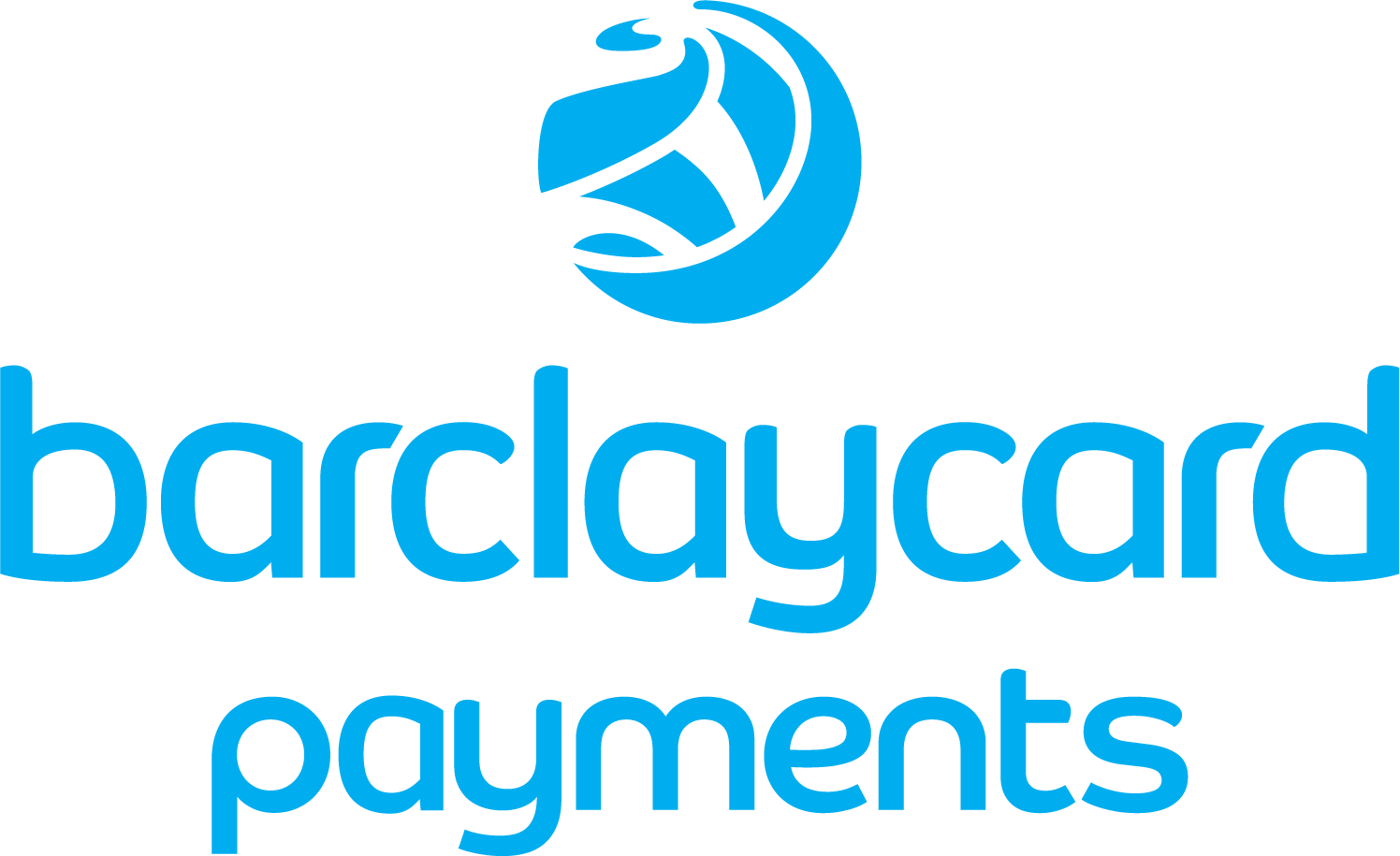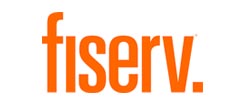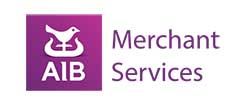- Accept card payments – lowest rates from 0.27%
- Keep your card processing fees to a minimum
- Direct access to the UK’s leading card processing banks
- We ensure your rates always remain competitive
No spam emails or calls
Choose from the payment methods then click Next
What's your turnover each month?
Enter the name of your company
Enter your company's postcode and contact number






The Best Practices for Secure Online Payment You Need to Know
In today’s digital age, online shopping and e-commerce have become an integral part of our daily lives. Whether you’re purchasing groceries, booking a holiday, or subscribing to a streaming service, the convenience of online transactions is undeniable. However, with this convenience comes the need for vigilance. Secure online payment is a critical aspect of protecting your personal details, financial information, and overall digital identity. This comprehensive guide will explore the best practices for secure online payment, ensuring that your money and data remain safe while shopping online.
Understanding Secure Online Payment
Secure online payment refers to the methods and technologies used to protect financial transactions conducted over the internet. These transactions typically involve the use of credit or debit cards, digital wallets, or direct transfers from a bank account. The goal is to ensure that sensitive information, such as your card number or payment details, is safeguarded from fraud and unauthorized access.
With the rise of online purchases, the need for secure payment methods has never been greater. Cybercriminals are constantly evolving their tactics, making it essential for both consumers and businesses to stay informed about the most secure payment methods and fraud protection strategies.
The Importance of Secure Online Transactions
Online transactions are a prime target for fraudsters due to the sheer volume of data exchanged. When you shop online, you provide personal details, such as your name, address, and card number, which can be exploited if not properly protected. Secure transactions not only protect your funds but also enhance the customer experience by building trust and confidence in the payment process.
For businesses, offering secure payment options is crucial for maintaining customer loyalty and complying with industry regulations. A single data breach can result in significant financial losses, reputational damage, and legal consequences. Therefore, investing in secure payment services is a win-win for both consumers and merchants.
Best Practices for Secure Online Payment
1. Use Trusted Payment Methods
When shopping online, always opt for the most secure payment methods available. Credit and debit cards are widely accepted and offer robust fraud protection. Many card issuers, such as Visa and Mastercard, provide zero-liability policies, meaning you won’t be held responsible for unauthorized transactions.
Digital wallets, such as Apple Pay, Google Pay, and PayPal, are also excellent options. These services use encryption and tokenization to protect your card number and payment details, adding an additional layer of security. Additionally, digital wallets often require biometric authentication, such as fingerprint or facial recognition, further enhancing security.
2. Enable Two-Factor Authentication (2FA)
Two-factor authentication adds an extra step to the login process, typically involving a text message or authentication app. This additional layer of security ensures that even if your password is compromised, unauthorized users cannot access your account. Many online payment services and digital wallets now offer 2FA as a standard feature.
3. Avoid Saving Payment Details
While it may be convenient to save your card number or payment details on a website or app, doing so increases the risk of unauthorized access. If the platform is breached, your information could be exposed. Instead, manually enter your payment details each time you make a purchase.
4. Shop on Secure Websites
Before entering any payment details, ensure the website is secure. Look for a padlock icon in the address bar and check that the URL begins with “https://” rather than “http://”. The “s” stands for secure and indicates that the site uses encryption to protect your data.
5. Use Strong Passwords
A strong password is your first line of defense against fraud. Avoid using easily guessable information, such as your name or birthdate, and opt for a combination of letters, numbers, and special characters. Consider using a password manager to generate and store complex passwords securely.
6. Monitor Your Bank Account
Regularly review your bank account and credit card statements for any suspicious activity. If you notice unauthorized transactions, report them to your bank or card issuer immediately. Many financial institutions offer real-time alerts via text message or email, allowing you to stay informed about your account activity.
7. Be Cautious with Public Wi-Fi
Public Wi-Fi networks are often unsecured, making them a hotspot for cybercriminals. Avoid making online purchases or accessing sensitive information when connected to public Wi-Fi. If you must use public Wi-Fi, consider using a virtual private network (VPN) to encrypt your data.
8. Leverage Fraud Protection Tools
Many banks and payment services offer fraud protection tools, such as transaction monitoring and alerts. These tools can help detect and prevent fraudulent activity before it causes significant harm. Additionally, some services allow you to set spending limits or block certain types of transactions.
9. Opt for Contactless Payments
Contactless payments, such as those made with chip cards or digital wallets, are not only convenient but also secure. Chip cards use EMV technology, which generates a unique code for each transaction, making it difficult for fraudsters to replicate your card number. Similarly, digital wallets use tokenization to protect your payment details.
10. Educate Yourself About Phishing Scams
Phishing scams are a common tactic used by cybercriminals to steal personal and financial information. These scams often involve fraudulent emails or websites designed to mimic legitimate businesses. Be cautious of unsolicited requests for payment details and always verify the authenticity of the sender before responding.
The Role of Encryption in Secure Online Payment
Encryption is a cornerstone of secure online payment. It involves converting sensitive data, such as your card number, into a coded format that can only be deciphered with the correct key. This ensures that even if your data is intercepted, it cannot be read or used by unauthorized parties.
Most reputable payment services and e-commerce platforms use advanced encryption standards, such as SSL (Secure Sockets Layer) and TLS (Transport Layer Security), to protect your information during online transactions. When shopping online, always look for signs that the website uses encryption, such as the padlock icon and “https://” in the URL.
The Rise of Digital Wallets
Digital wallets have revolutionized the way we make online purchases. These services store a digital version of your credit or debit card, allowing you to make payments with just a few taps on your phone. Digital wallets offer several advantages, including:
- Enhanced Security: Digital wallets use tokenization to replace your card number with a unique identifier, reducing the risk of fraud.
- Convenience: With digital wallets, you can complete transactions quickly and easily, without the need to enter your payment details manually.
- Wide Acceptance: Many online and in-store merchants now accept digital wallets, making them a versatile payment method.
Popular digital wallets include Apple Pay, Google Pay, Samsung Pay, and PayPal. These services often support additional features, such as loyalty programs and expense tracking, further enhancing the customer experience.
The Future of Secure Online Payment
As technology continues to evolve, so too do the methods and tools available for secure online payment. Here are some trends to watch:
1. Biometric Authentication
Biometric authentication, such as fingerprint and facial recognition, is becoming increasingly common in online payment systems. This technology offers a higher level of security than traditional passwords, as it is much harder to replicate or steal.
2. Blockchain Technology
Blockchain technology has the potential to revolutionize online transactions by providing a decentralized and tamper-proof system for recording payments. This could reduce the risk of fraud and increase transparency in financial transactions.
3. AI-Powered Fraud Detection
Artificial intelligence (AI) is being used to detect and prevent fraudulent activity in real-time. By analyzing patterns and anomalies in transaction data, AI can identify potential threats and take action before they cause harm.
4. Central Bank Digital Currencies (CBDCs)
Several countries are exploring the development of central bank digital currencies, which could provide a secure and efficient alternative to traditional payment methods. CBDCs would be backed by the government, offering a level of stability and trust that is unmatched by cryptocurrencies.
Secure online payment is essential for protecting your personal details, financial information, and overall digital identity. By following the best practices outlined in this guide, you can minimize the risk of fraud and enjoy a safe and seamless shopping experience. Whether you’re using credit or debit cards, digital wallets, or other payment services, staying informed and vigilant is key to ensuring secure transactions.
For businesses, investing in secure payment methods and fraud protection tools is not only a legal obligation but also a way to build trust and loyalty with customers. As technology continues to advance, the future of secure online payment looks promising, with innovations such as biometric authentication, blockchain, and AI-powered fraud detection leading the way.
By prioritizing security and staying informed about the latest trends and technologies, you can protect your money, your data, and your peace of mind in the digital age.